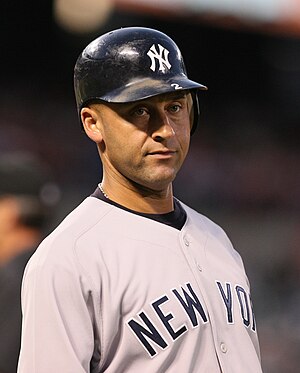What Was Penn State’s Punishment?
Jul 25
July 25, 2012
kosmo - See all 763 of my articlesThere has been plenty of chatter about the punishment the NCAA meted out on Penn State. Did it go too far – or not far enough? There are strong opinions on both sides. I won’t get into that discussion in this article (although the topic is likely to be raised in the comments section) but will focus on what the actual penalties were.
$60 million fine – The money will be used to fund programs that helps victims of child sexual abuse. If there was going to be a financial aspect to the penalty, then this is a logical use of the money.
Four year post-season ban – Penn State will not be allowed to participate in a bowl game for the next four years. After the NCAA’s announcement, the Big 10 conference announced two related sanctions from the conference. First, Penn State would not be allowed to participate in the conference title game (the winner of that game gets a berth to a BCS game). Additionally, Penn State will not receive a share of Big 10 bowl revenue for the next four years. The conference is taking that money and giving it to charities.
Allowing players to transfer freely – The NCAA will allow any current Penn State player or incoming freshman to transfer to another school and become immediately eligible. In almost all cases, a student-athlete must sit out a year before becoming eligible at a new school. This wasn’t announced as a penalty, but realistically it is, as it will likely cause many players to bolt.
Schools that take a Penn State “refugee” are allowed to exceed the scholarship cap (85) in 2012 as long as they reduce 2013 scholarships by the same number. In other words, if you take 2 Penn State players to boost total scholarships to 87, you can only have 83 scholarships in 2013. No doubt some top schools will cherry pick the best talent, but this could also be a chance for a mid-level school to make a one year splash. A team could add some good depth by taking on 10 of Penn State’s players, for example. They’d be taking the field with 95 scholarship players in 2012, whereas their opponents would have 85. Sure, they’d be forced to cut back to 75 in 2013, but it might be worth it. Instead of being 6-6 both years, maybe the team could go 9-3 and get a bowl win this year, and then fall back to 4-8 next year.
Reduction in scholarships – For the 2013-2016 seasons, Penn State will not being to exceed 65 total scholarships (85 is standard), nor can they offer more than 15 new scholarships (25 is standard). Penn State will probably wish that this penalty started in 2012, as the number of defections may leave them below this number. My advice to Penn State this year – if you have extra scholarships left due to people leaving the program, reward some of the senior walk-ons with a scholarship.
Vacated wins – All wins between 1998 and 2011 are vacated. This is a total of 112 wins, 111 of which were Joe Paterno’s wins. Paterno is no longer the all-time winningest coach.
Penn State is also on five years probation and must work with the NCAA on corrective actives to ensure that this never happens again.
 RSS
RSS















